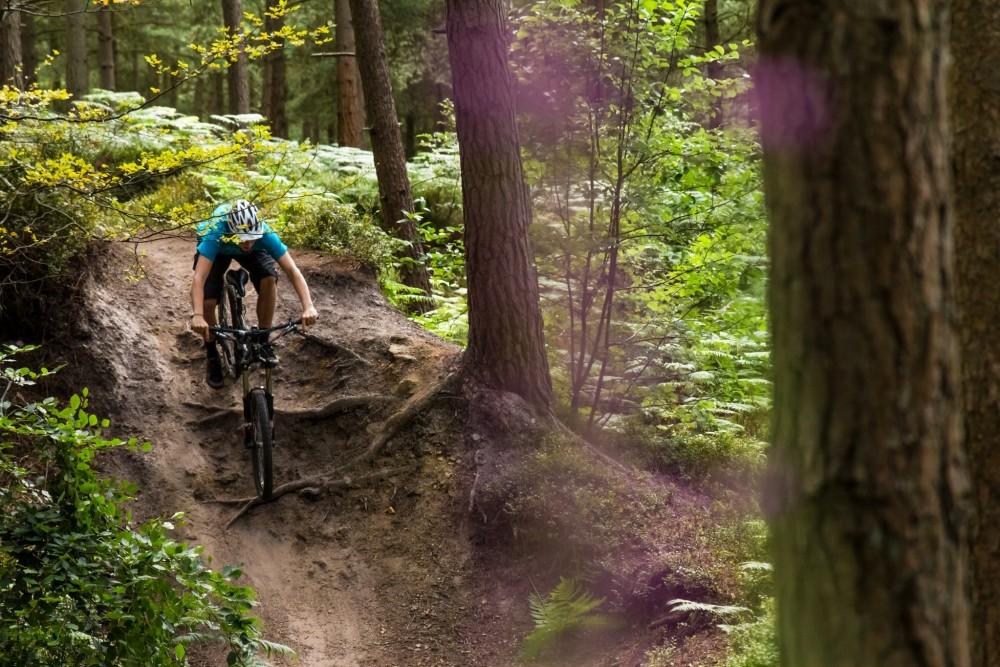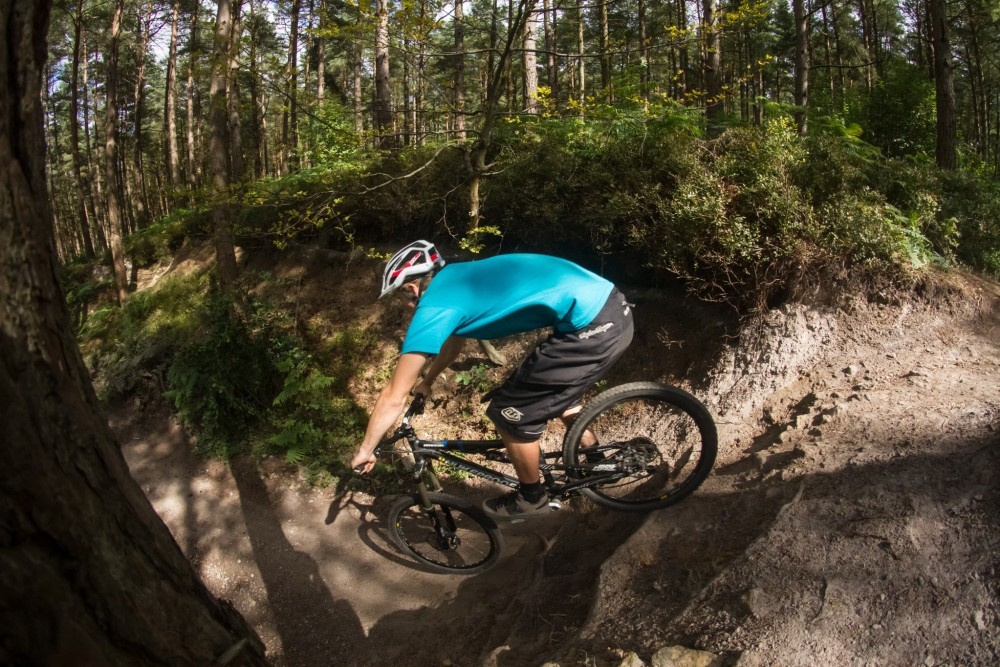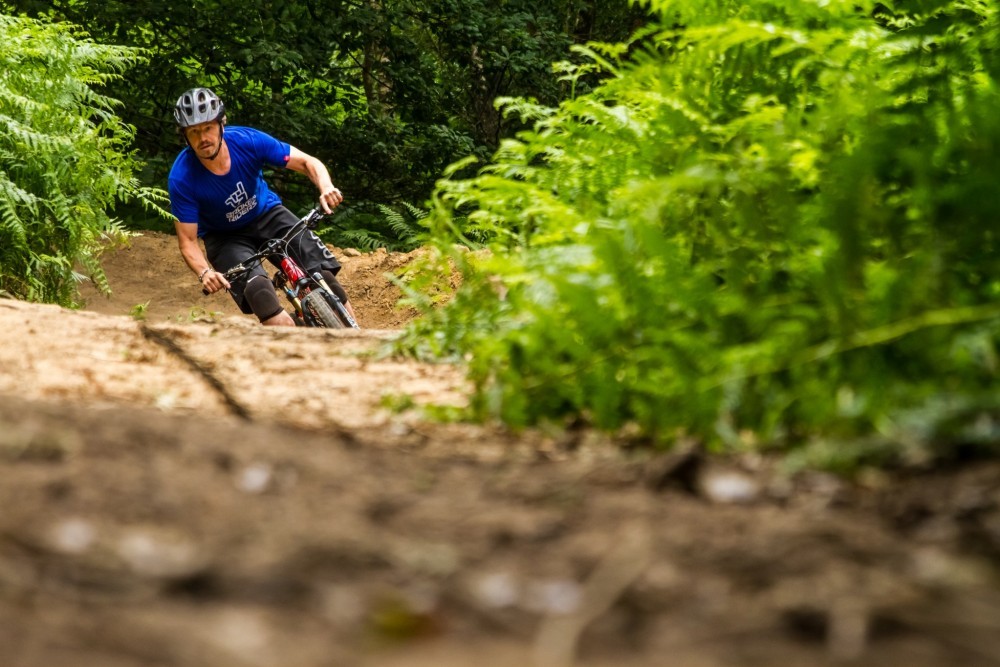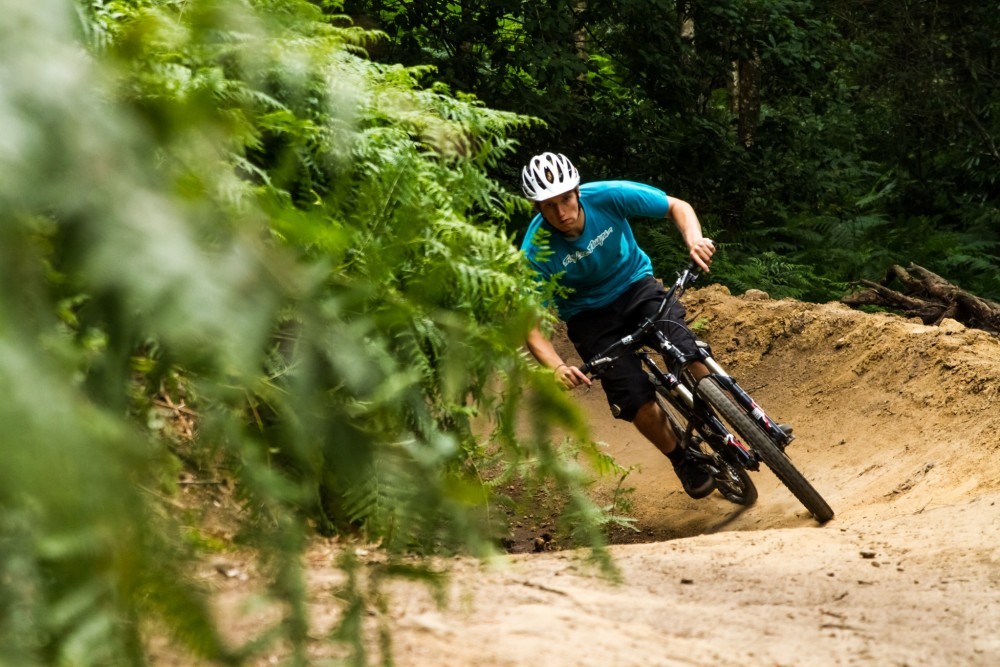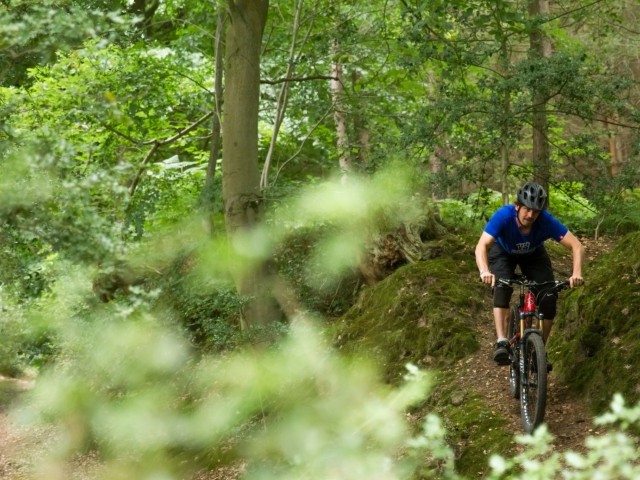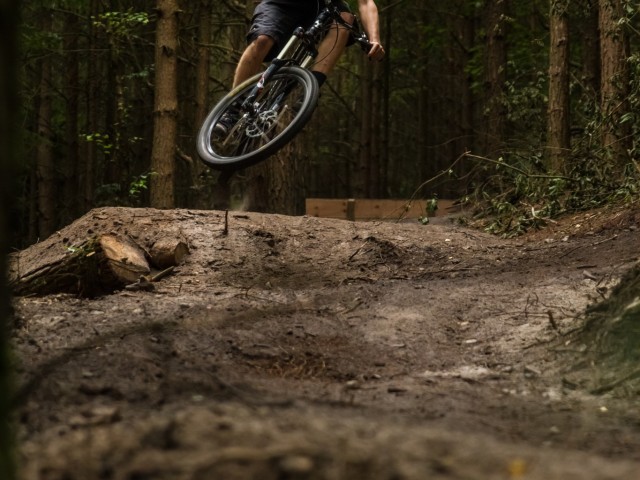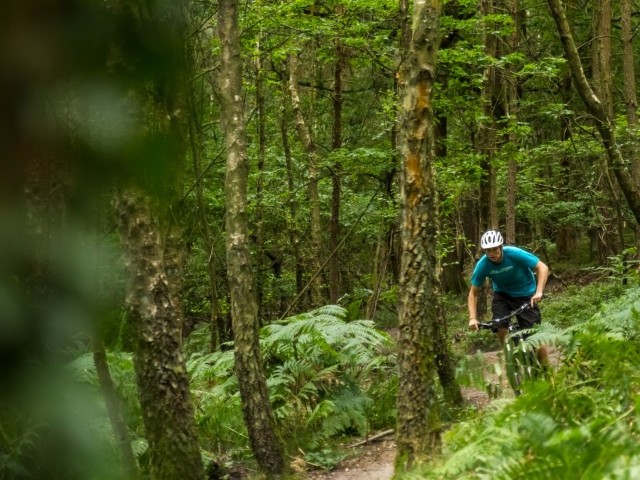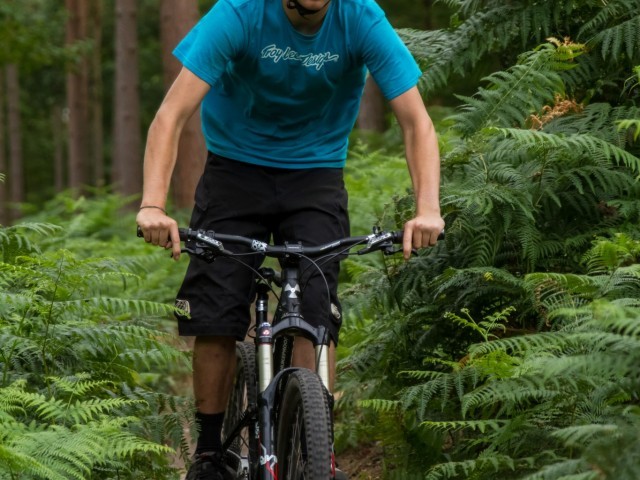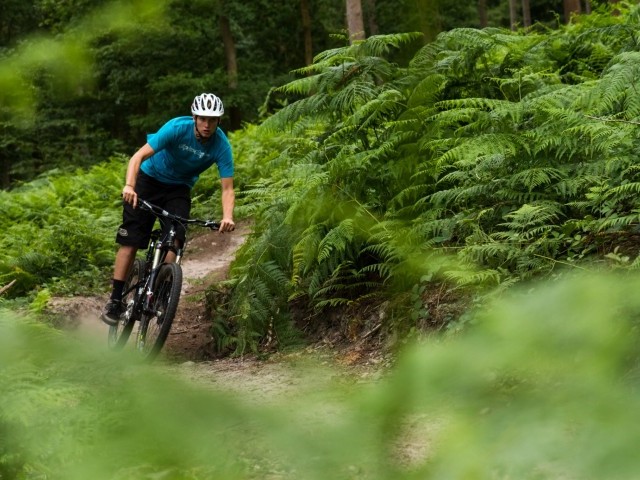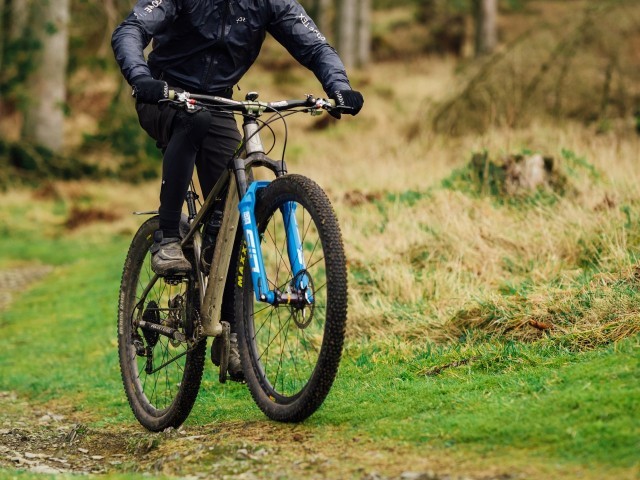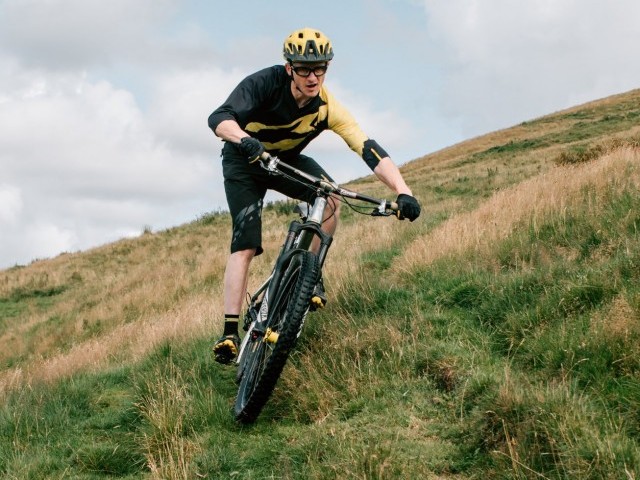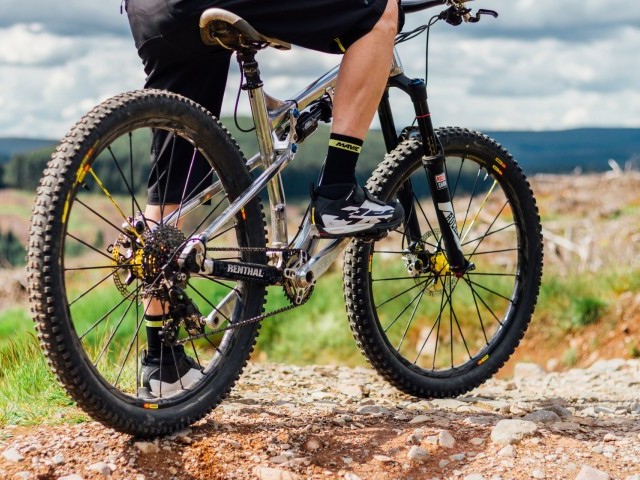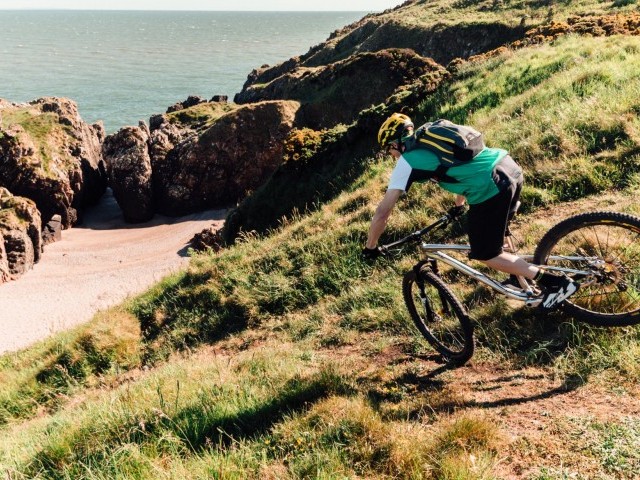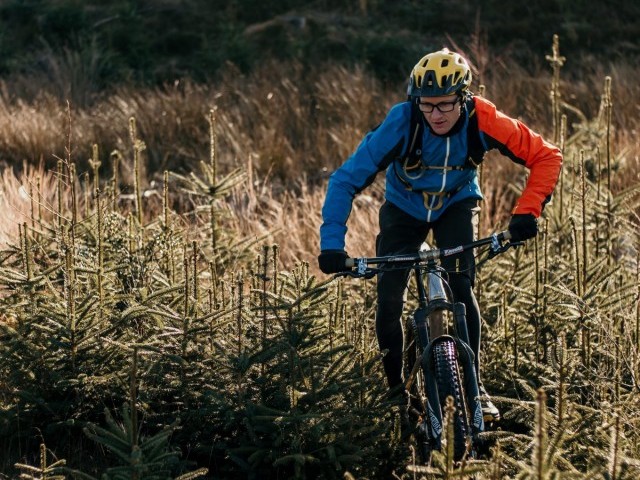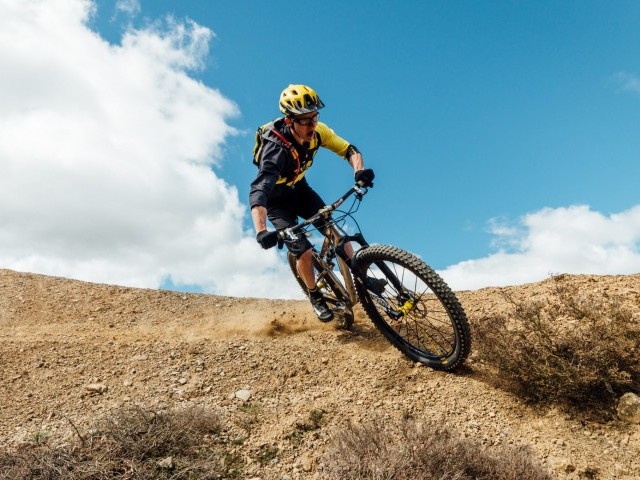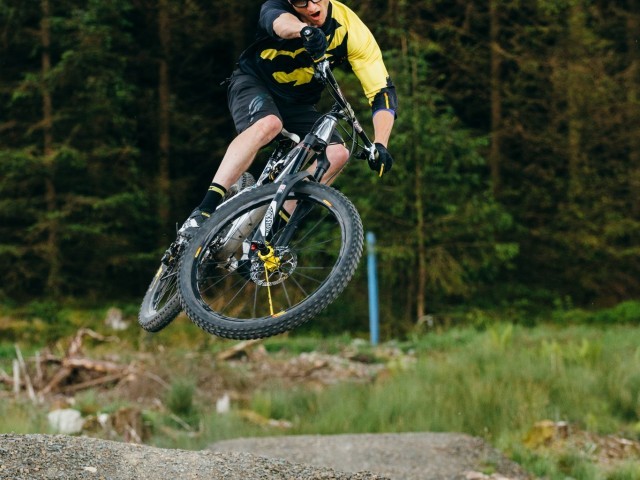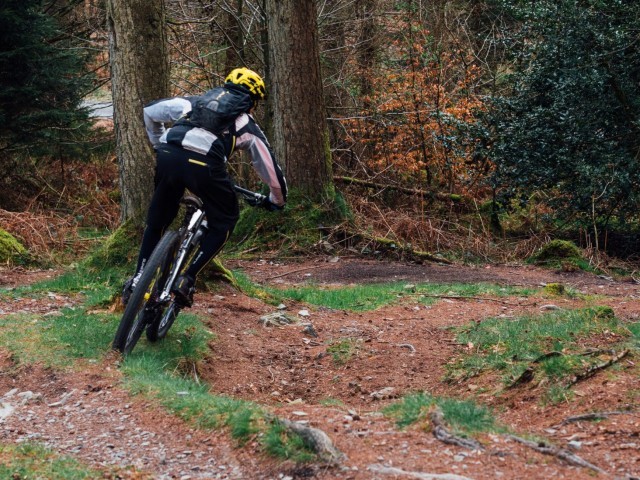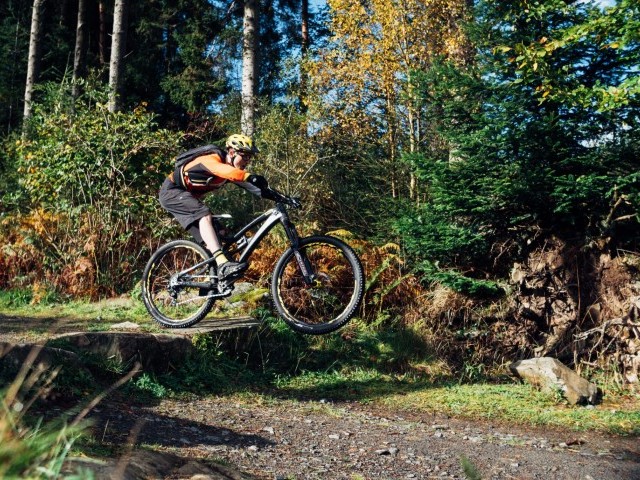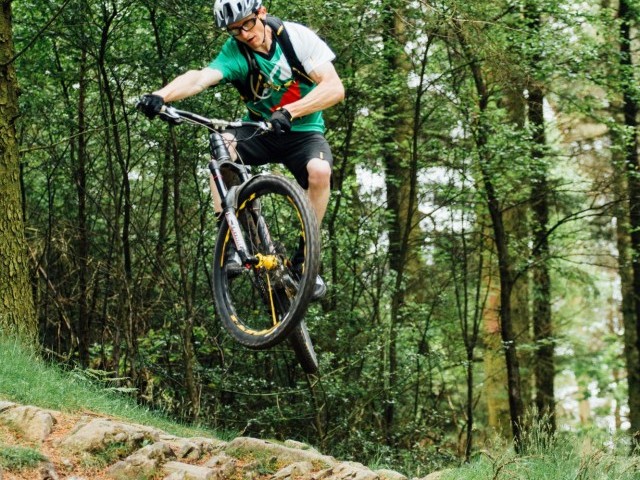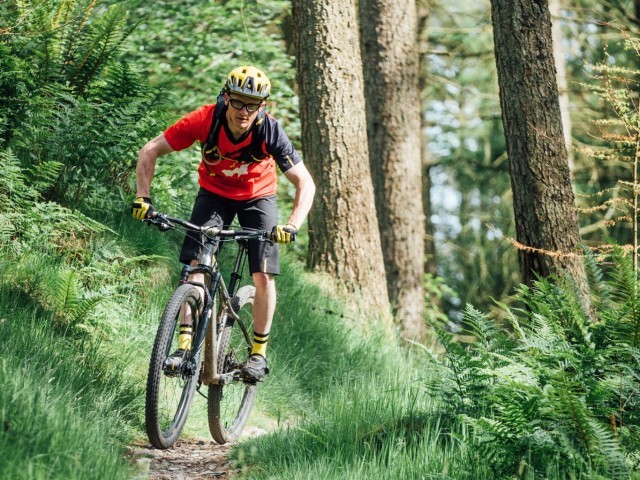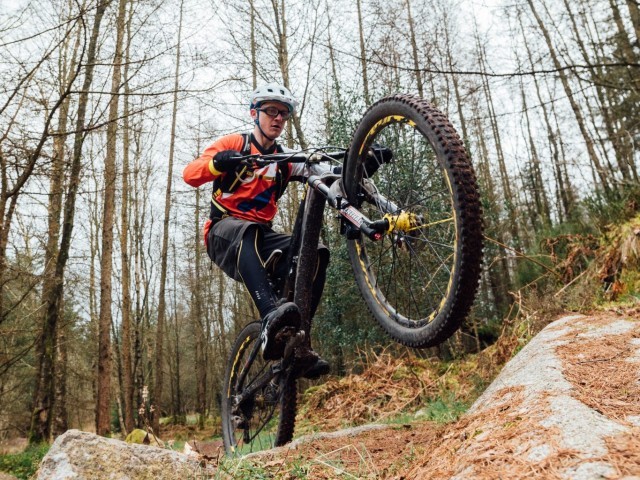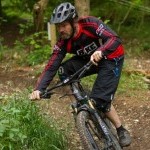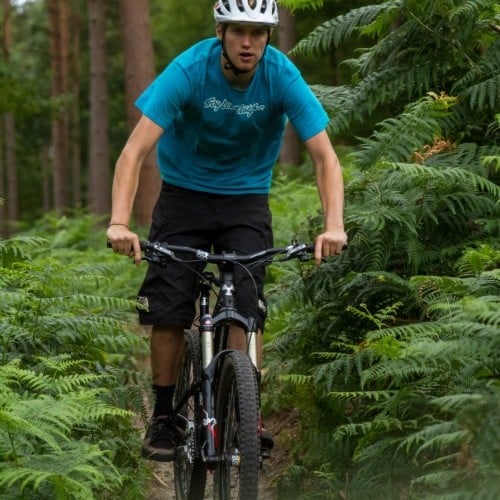
Lost in Translation
Technique / Skills
Whether you are taking advice from a better rider, a friend, an instructor or coach (qualified or not), an article or a book there is a danger that the written or spoken word can be misinterpreted, misapplied or was simply bad advice from the start.
In an attempt to keep things simple, sound advice can often be reduced to soundbites. Sometimes this simplification will help you remember to apply correct techniques - recalling them at an instant as required, as you ride, but this is not always the case. In reducing information to bullet points that can be stored and recalled more quickly by our brains there is a danger that even if they were correct in their entirety, their true meaning is lost. This issue we take a look at some popular pieces of advice commonly touted as the panacea to your riding problems. Some are true but tell only part of the story, some are easily misinterpreted, and others are the result of little or no understanding whatsoever.
This issue we look to separate the wheat from the chaff, add detail to the diluted, get rid of the ridiculous, and banish the BS.
Cross roots at 90º
I think the correct forum response to this is; WTF! Clearly if you hit a root (or any stalling force) at 90º the wheel is not likely to find a path of less resistance by skewing off to the left or right unexpectedly. Out in the real world roots don't cross trail at a constant and favourable angle. Turning your bars sharply to ensure that each root is hit at 90º by the front wheel is a recipe for disaster. Consider more your skills in driving the front wheel up and over obstacles. The more you can do to minimise the stalling force and ensure that your mass is heading in the right direction the better. A small push through the bike will lighten the impact of tyre on root and at the same time make sure that if the bike stalls slightly your momentum pushes through the bike rather than pitching down and onto the front wheel. Drive the bike through by dropping heels and wrists. You need to soften arms and legs to allow wheels more freely to rise up over roots, but then push though to ensure they go where you want them rather than squirt off down the angle of the root. In short don’t rely on angle of impact to determine the direction of the bike. Essentially, cross roots at 90º...unless they happen to be at any other angle. Energy management, body position and looking will serve you far better than turning your bars.
Spot your landing
When it comes to the key skill of looking we need always to be thinking about what is next. It is right to try and spot your landing as you approach a jump or drop (where possible) but that is not the end of the story and not where we should focus our attention as we pass through that section. Sometimes the landing spot is unsighted so you need to keep your head up and look through to virtual high point on the trail ahead. Think of a pilot landing a plane, they look down the runway, not out of the window at where the wheels are going to touch down. If you fixate on any target and stare at it you will get a sense of ground rush as it nears. Focus on ahead and trust your peripheral vision. Dropping your head to watch things on your front wheel will have negative physical and psychological affects. The two biggest negative physical effects are drastically reducing your field of vision, paying little or no attention to what lies beyond your chosen focal point, and rotating your weight forward as you near the targeted point on the trail. We need to constantly keep looking further ahead at what is next. Your vision should not stall as your bike approaches a particular point. If it does stall, when you do eventually decide to look beyond that point, your brain will have little time to identify and respond to the new wave of information that is almost upon you. Psychologically, target fixation can lead to a warped perception of your speed. The more you drop your head the more quickly the trail is upon you and so we get a sensation of ever increasing speed as we approach the point we are looking at. This can lead to ‘flight’ based responses of breath holding, muscle clenching and teeth gritting, that reduce our ability to move fluidly, absorb compressions and respond in the right way to the trail. So in short, yes you are right to spot your landing (as early as you can) but then look through it, beyond to where you are going next.
Speed is your friend
It is true that certain sections dictate a certain level of speed if we are to successfully negotiate them. To clear a certain sized gap will require a certain level of speed. Momentum very definitely plays a key part in mastering certain trail features. True also, that spinning wheels add greater stability the faster they are rotating. Yet there is a flip side. If you are frightened by the speed you reach you are likely to tense, grip harder and not have the necessary time to do any thinking that is required. As you tense up, rather than dealing with the increasing forces the bike is subjected to, soaking up bumps, they are more likely to permeate through the bike into your rigid limbs, bouncing you around. Speed wobble that you may have experienced as a child is a result of this same emotional response. Up to a point you are happy whizzing along, loose, relaxed and allowing the bike to move below you. When that speed reaches a point you are not happy with (or you are suddenly very aware of) your tensing up results in a sudden and destabilising effect on the bike. It is also worth remembering that your momentum through a section is not purely derived from your speed but your ability to manage energy and reduce the stalling effects that trail surfaces and obstacles create. In short, speed can be your friend, (but not your only friend), and only if you like it!
If you are not crashing regularly you are not trying hard enough. It is very true that there is a certain zone (often just beyond your comfort zone) where you will learn more than just repeating what you are already comfortable with. This has been referred to as the ‘stretch zone’. Operating in the stretch zone is not all about riding harder and leaving more to chance and fate. You learn by trying to employ new skills or polishing existing ones. Sometimes you will make errors. You can learn a lot from making these errors and then correcting them. Not every error should result in a crash. If you are crashing a lot, heavy and hard, you are operating way beyond the stretch zone. This might make you realise you don't have the necessary skills, but will achieve little else other than remind you how much things can hurt. Just going faster and harder is not the way to progress. Learn first by polishing elements in isolation (deep practice). You are still ‘trying’ but trying to get better not just faster or bigger. Think also not in terms of 'trying' but 'doing'. Improving your technique, striving to achieve best practice will inevitably make you faster and more able to ride more fluidly. Obviously you don’t want to ride round fearing falling off and expecting that it will never to happen, yet at the same time it is important to realise that if you are crashing a lot it is not a sign of 'trying' hard but more a case of not 'doing' it right.
Weight the front wheel into a corner
True, it is desirable to push the front wheel into a corner and create more grip and down force. HOWEVER, 1; You don’t want to achieve this by lunging your weight wildly forward on top of your front wheel and perhaps more importantly, 2; As you progress though the corner, to ensure that traction is maintained, you will need to transfer your weight rearward as you pass through the corner. If it helps think of the corner as a transition and treat it in a similar manner in terms of weighting as you would if it where a bomb hole. You should be shifting the emphasis front to rear, driving energy through the bike and pumping from front to back. As you lean the bike into a corner, pushing it over with your hand and simultaneously pedal forward so that your outside foot is down there is emphasis on front wheel pressure. This will aid grip and is the start of a pump, accelerating the bike though the corner. As you reach the bottom of the crank turn the compression does not end, and you can sink down onto your standing leg continuing the push. As the front wheel passes through the apex the compression continues but should start to shift rearwards. Having compressed and now standing back up, pushing off your hands onto your feet with a dropped heel, you will push your mass slightly rearwards driving the back wheel through the corner and completing the pump. In short, you may weight the front wheel through the application of good technique...but don’t leave it there, transfer it through to the back wheel and drive both wheels through the corner. The result will be both traction and acceleration.
Just hit it hard with lots of confidence
You will most likely hear this from a very good rider who has a high level of natural ability but has either never, or has not for a long time, thought about how they achieve things. A rider with a high level of unconscious competency may not best describe how they actually do something, more they will describe what they think they do. If their skills are deeply embedded it may be that their only conscious thoughts are making sure their entry speed is high and that they approach with confidence and commitment. Although that might be true for them, unless you actually know what you are doing, commitment and entry speed are just two of a great number of factors to get right. While commitment and confidence are important psychological factors when riding technical sections there are plenty of other skills that may well be lacking in your riding. Identifying these, addressing the skills gap might serve you a lot better than just hitting it hard with confidence. Over confidence is not a substitute for a lack of ability and is certainly no painkiller. Confidence and commitment are definitely important, but developing the correct skills set is perhaps a better starting point.
Get your weight back
Yes, you need to shift your weight rearward in a number of instances. However, stretching ever further back until you reach the maximum extension of your arms and legs will leave you in a very weak position on the bike. Rather than thinking about simply shoving your arse (fanny if you are American) back as far as it will go consider more, rotation. Shifting your weight rear of the centre line of the bike will lighten even lever the front wheel off the ground off a lip or on the flat, but the important consideration when it comes to steep terrain or steps that require rolling, is letting the bike rotate without rotating you to the same degree. Even fully stretched out the back of the bike you will reach a point where your mass starts rotating forward as the bars are pulled away from you over a step or on a steep slope. At this point even though you might be way behind the centre line your mass has begun to rotate up and forwards. As you stretch ever further back it is easy to end up with heels rising not dropping (as is desirable in controlling your body mass). It is the uncontrolled momentum of your body mass that is the problem. If you roll up and forward as the bars pull you forward you are becoming disengaged from the bike, accelerating faster than the bike. This is a situation that cannot be sustained for long and you are soon going to pass the point of no return. Rather than simply thinking, “Get back,” think, “rotate.” As the bike pitches forward definitely clear the saddle but then start to sink down. As the bars rotate away from you, rather than going forward with them, bend your knees. Keeping your hips behind your heels you can use your legs to control your body mass. Your upper body may need to roll forward to maintain grip on the bars and control over the front end, but don’t get flung there. It is crucial to maintain control of your mass vis-à-vis the bike and not spend your whole ride trying to recover from wherever you have been thrown. When it comes to your weight think, “rotate.”
The ‘attack’ position
Badly named and badly described, the day that this description of the core riding position is dropped cannot come soon enough. I’ve seen it described in many ways and still cannot fathom why anyone with even the most rudimentary understanding of either riding a bike or basic physics would try and encourage riders to do it. That fact that ‘Attack’ rhymes with ‘Tomac’ is not reason enough to insist on its continued use. (And absolutely no disrespect is meant to the legend himself). Elbows up and forward and a 50/50 split between weight on hands and feet are the most common themes in the variety of descriptions I have toe-curled my way through reading. Instead of attack think of readiness. Standing with the majority of your weight through your feet, head up, heels down and wrists dropped, puts you in a position to control your bike and keep a relaxed but strong position pose. More weight spread through the bottom bracket and less over the front wheel means that your centre of gravity is lower and that your muscles designed to carry you do the work. Sure, there are times you will want to add more force down and (crucially) through the front wheel, but start from a more neutral point ready to push progressively against stalling forces rather than preloading the front end ready to cannonball over the bars. Your front wheel is weighted when you stand up (or sit down for that matter), pushing down and through with your arms is an extra force available to you not a constant force. If your hips are flung in front of your feet you are in trouble. The old school ‘attack' position pretty much starts you off there, and from here things can only get worse. Psychologically ‘attack’ also implies an aggressive state of tension rather than a relaxed smooth riding style. So by all means be ready, and yes, sometimes we will weight the front wheel more heavily, but don’t assume if you are not leaning half of your weight on it that it will wash out, slide away or you wont have control over it. You push the bike down the trail and want to help the front wheel on its way. Your mass pushing through it is the best way to achieve this: FACT.
Pull up hard at the lip
Possibly the single most dangerous piece of advice you can be given, but unfortunately all too commonly offered. There are numerous ways in which pulling up hard on the bars when jumping or dropping will cause issues. Pull up too early and you can easily squash the jump and decelerate the bike in the launch phase. If you are airborne when you pull up then one of two things will happen; if you have shifted rearward slightly and then pull up, the bike will pivot around your feet rapidly, if you are not in the air for long you will land rear wheel heavy and first. If you have more time in the air you can loop out completely. If you are toe down as you pull up and centred or in front of the centre line of the bike, then the bars may well rise but you will quickly find your body mass rotating forwards. The result is that you are likely to land heavy on your front wheel but more worryingly with your body accelerating faster than the bike. This will massively increase the chances of the front wheel stalling as it lands leaving you head over the bars with nothing to push against. You cannot compress into the bike and drive force through it as it lands if it is behind you, but you will compress into the trail in a far from progressive manner. Rather than thinking of pulling up hard think of pushing up and back from hands to feet. In doing so pumping the lip, accelerating the bike as you take off and positioning yourself up and behind the centre line though the take off phase. In the air a slight drop of the toes will decelerate the bike in relation to you, the rider, and re-centre you. This allows you to soften legs and arms (as the bike rises below you) and you will be ready to push again through the landing phase.
Whether you agree with some, all or none of the above, if nothing else hopefully you will start to question a little more the soundbites and oversimplifications that you see bandied about. It is of course a physical sport, but through understanding and exercising some grey matter hopefully your progression will be as smooth and rapid as a snake on a motorbike.
This technique article was in Issue 25 of IMB.
Related
By Richard Kelly
Richard Kelly has been riding bikes since forever, and teaching people to become better mountain bikers for over a decade. He’s always out in the Surrey Hills training riders, building trails and riding for himself whenever he gets the chance. His unique perspective on mountain bike technique has earned him fans the world over, with some speculating he is actually Jamiroquai or perhaps Jack Sparrow…







